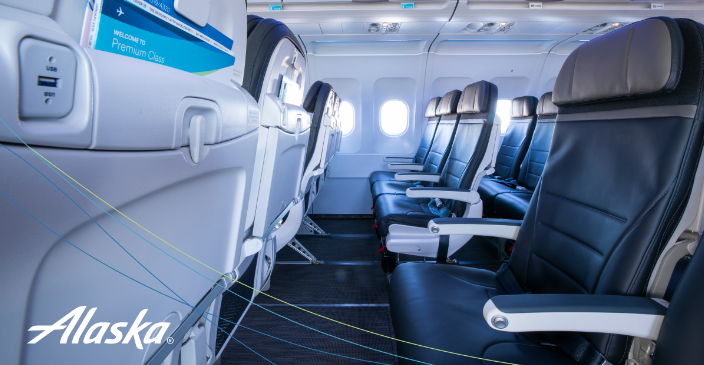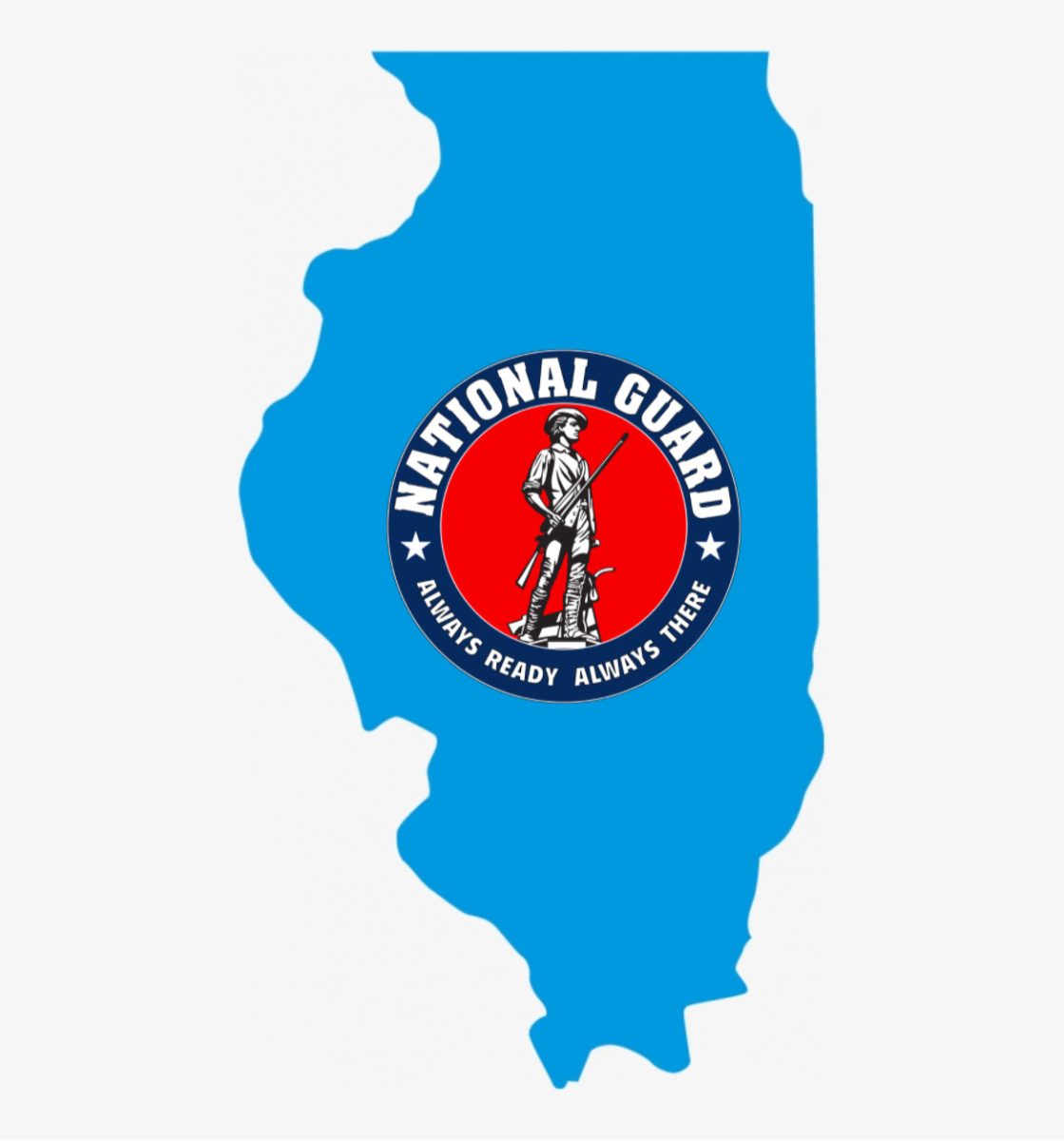On Jan. 5, just minutes after Alaska Airlines flight 1282 took off, a door plug of the Boeing 737 Max 9 fell off mid flight, exposing passengers to the open air while flying thousands of feet above the ground.
After the plane’s door plug blew out, leaving the cabin exploded to thin air at 16,000-foot altitude, passengers reportedly sent goodbye text messages to their loved ones as they began to fear the worst. That being said, the plane managed to return safely to Portland as all 177 passengers onboard survived the emergency landing without sustaining any life-threatening injuries.
Nearly three weeks after the incident occurred, four passengers took the initiative to sue the airline for alleged injuries including “intense fear, distress, anxiety, trauma, and physical pain.” The lawsuit also alleges that Bowing opted to deliver an aircraft with a faulty door plug and that although Alaska management had deemed the airplane unsafe to fly over the ocean, the vehicle was given clearance from Air Traffic Control to take off in spite of these warnings.
The Federal Aviation Administration has since recommended visual inspections of Boeing 737-900ER planes because of its similarities to the model involved in the Jan. 5 Alaska Airlines incident. Days after the incident occurred, Boeing CEO Dave Calhoun publicly acknowledged that the company had made a “mistake” and would work alongside the National Transportation Safety Board to continue to investigate the root of the malfunction.
“We’re going to approach this number one acknowledging our mistake,” Boeing president and CEO Dave Calhoun said. “We’re going to approach it with 100% complete transparency every step of the way.”
Meanwhile, a growing number of passengers have joined efforts to sue both Alaska Airlines and jet manufacturer Boeing over damages. The lawsuit alleges that both companies should claim responsibility for the flight’s explosive decompression, accusing Boeing of defective product design and Alaska Airlines of negligence. In an act of compensation, Alaska Airlines reportedly refunded passengers on Flight 1282 and sent them checks of $1,500 each with no conditions. The airline also opted to offer 24/7 access to mental health resources and counseling sessions, promising to “continue to work [with passengers] to address their specific needs and concerns.”
In spite of the gesture, attorney Mark Lindquist found the reimbursement fee to be offensive and not enough to erase the traumatic experience endured by the passengers that were present aboard Alaska Airlines flight 1282.
“[The] clients had some minor physical damages, such as hearing loss,” Lindquist said. “But most of the damages are severe emotional distress, trauma, fear of flying, sleeplessness and other issues such as that. Something like this should not happen. There should be accountability and there should be compensation.”
Alaska Airlines has since temporarily canceled all flights on the 737-9 MAX aircraft as they conduct inspections and make the necessary preparations to return to service. After the Federal Aviation Administration released final instructions to airlines to begin conducting inspections of their aircraft, in a statement released by Boeing 737-9 MAX, the company plans to safely bring the first planes back into scheduled commercial use beginning on Jan. 26.









